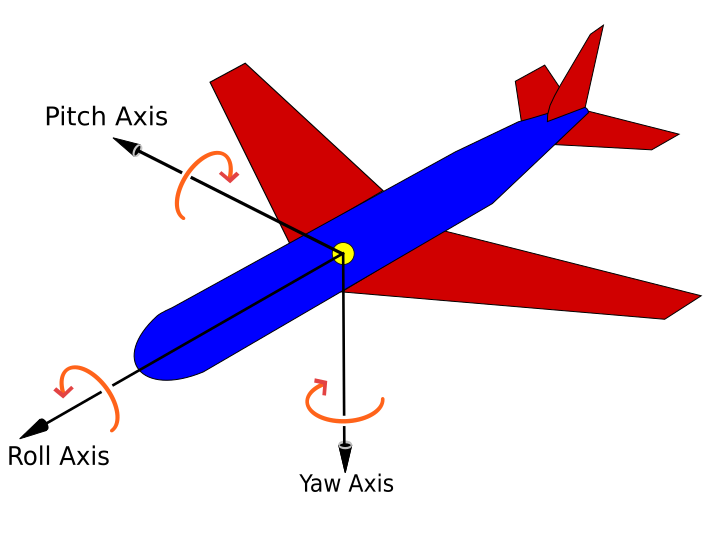EM, you linked an article relative to the 777 fly by wire system that would explain the erratic flight behavior in the absence of autopilot or a real pilot at the controls. I'm no avionics expert, so maybe I misunderstood, but it seems that it said the plane would veer left and right due to lift on the wingtips but the plane would correct for these before they became catastrophic to the plane maintaining lift. Same principles in regards to elevation and airspeed. So the erratic characteristics of the flight described in some press accounts are potentially explained some catastrophic failure affecting both the autopilot and the human pilots.
I'd try to quote the links, but you have linked so many articles I'm having trouble finding which one. The article, though relative to flight 370, was more and explanation of how the 777 would react with no one manning the controls.
Did I read that right?
Almost exactly.
The differentials in port/starboard lift could - for example - have been caused by turbulence and automatic pitch compensation could correct that. (Because differential pitch is roll.)
The article you're referring to is -
Pilot: Was that Boeing 777 diverted deliberately? Not necessarily - CNN.com
Not true, if all engines were not running.
I think you need to tell us what "gliding" is in your earlier question then.
It usually means all engines off.
If you mean something like to coast with the engines idling, like a car, then you're likely going to reduce range.
The general operational altitudes of around 35k and thereabouts are chosen because that's the region where these particular jet engines show the greatest efficiency - least fuel consumed for greatest distance flown.
As soon as you "coast" you're going to induce drag rather than thrust from the engines, lose altitude, and have to regain it at a higher power cost - and power means fuel.
Exactly what Slug outlined less the on/off fuel price you'd have to pay.
You probably get more out of tailwinds for fuel efficiency than anything you can do with the engines, generally speaking.
One flight I used to take over the Pacific regularly was rated at 12 hours - it always took 13 hours in one direction, 11 hours in the other, due to a prevailing air current at the normal altitude.
And when you say - "all engines were not running" - there are two engines here and the plane flies with differential thrust.
The power from the two engines doesn't have to be equal - and often is not.
In that way, you can maintain a heading without having to rely on exclusively on flight control surfaces - and any time you use those, you increase drag.
So, if you're flying on one engine, one side is going to get pushed much harder than the other side because X amount of thrust is always greater than zero.
In that scenario, you're going to either corkscrew into the ground or you're going to have to make it up by deflecting the control surfaces to keep any sort of course at all.
At that point, you're more than likely going to lose a lot more than you'd gain in fuel efficiency by killing an engine.
In short, you'd be yawwing the airplane and that's a high-drag situation.
Here's a picture of what I mean by yawwing -
You're flying in one direction but aerodynamic forces are not letting the air vehicle point in that direction.
PS - nod to Hadron who ninja'd me on the gliding thing.




